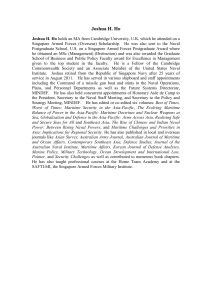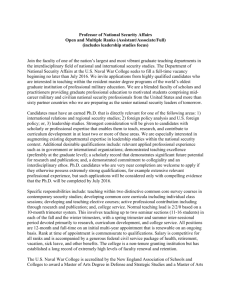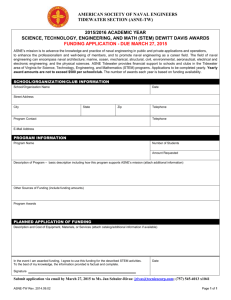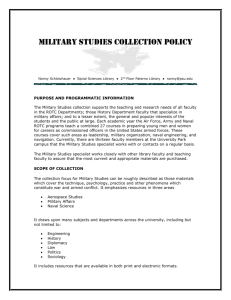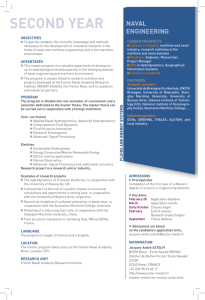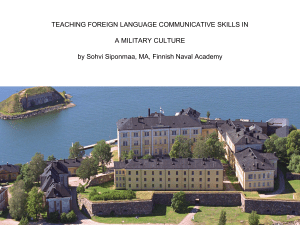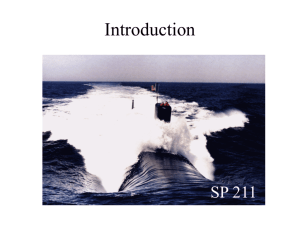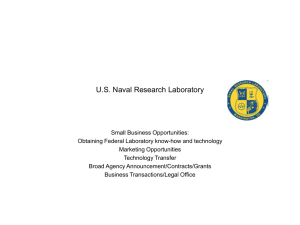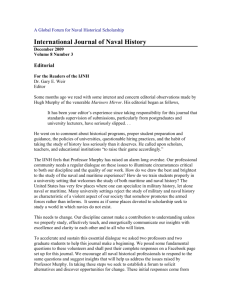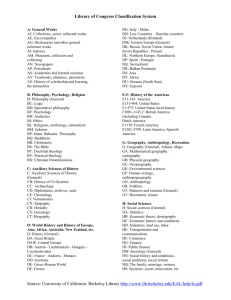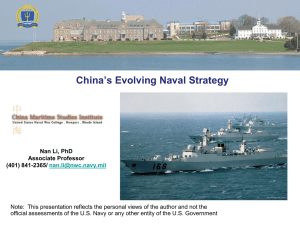ESR-5600P
advertisement
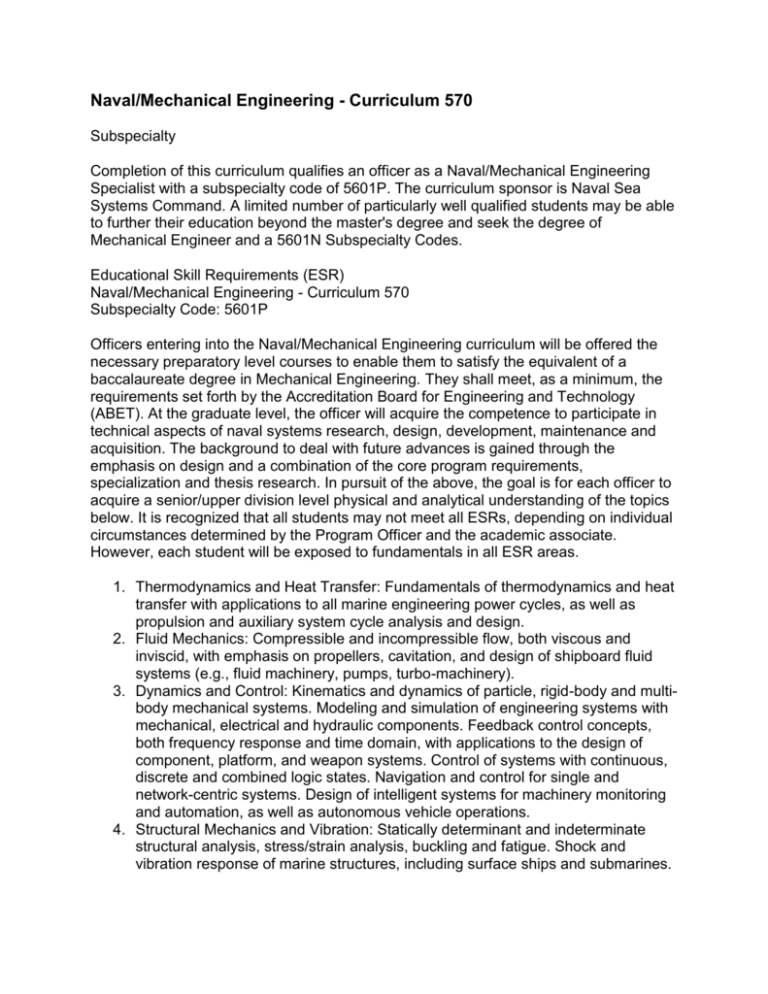
Naval/Mechanical Engineering - Curriculum 570 Subspecialty Completion of this curriculum qualifies an officer as a Naval/Mechanical Engineering Specialist with a subspecialty code of 5601P. The curriculum sponsor is Naval Sea Systems Command. A limited number of particularly well qualified students may be able to further their education beyond the master's degree and seek the degree of Mechanical Engineer and a 5601N Subspecialty Codes. Educational Skill Requirements (ESR) Naval/Mechanical Engineering - Curriculum 570 Subspecialty Code: 5601P Officers entering into the Naval/Mechanical Engineering curriculum will be offered the necessary preparatory level courses to enable them to satisfy the equivalent of a baccalaureate degree in Mechanical Engineering. They shall meet, as a minimum, the requirements set forth by the Accreditation Board for Engineering and Technology (ABET). At the graduate level, the officer will acquire the competence to participate in technical aspects of naval systems research, design, development, maintenance and acquisition. The background to deal with future advances is gained through the emphasis on design and a combination of the core program requirements, specialization and thesis research. In pursuit of the above, the goal is for each officer to acquire a senior/upper division level physical and analytical understanding of the topics below. It is recognized that all students may not meet all ESRs, depending on individual circumstances determined by the Program Officer and the academic associate. However, each student will be exposed to fundamentals in all ESR areas. 1. Thermodynamics and Heat Transfer: Fundamentals of thermodynamics and heat transfer with applications to all marine engineering power cycles, as well as propulsion and auxiliary system cycle analysis and design. 2. Fluid Mechanics: Compressible and incompressible flow, both viscous and inviscid, with emphasis on propellers, cavitation, and design of shipboard fluid systems (e.g., fluid machinery, pumps, turbo-machinery). 3. Dynamics and Control: Kinematics and dynamics of particle, rigid-body and multibody mechanical systems. Modeling and simulation of engineering systems with mechanical, electrical and hydraulic components. Feedback control concepts, both frequency response and time domain, with applications to the design of component, platform, and weapon systems. Control of systems with continuous, discrete and combined logic states. Navigation and control for single and network-centric systems. Design of intelligent systems for machinery monitoring and automation, as well as autonomous vehicle operations. 4. Structural Mechanics and Vibration: Statically determinant and indeterminate structural analysis, stress/strain analysis, buckling and fatigue. Shock and vibration response of marine structures, including surface ships and submarines. 5. Materials and Fabrication: Metallurgical processes and transformations; analytical approach to failure of materials in Naval Engineering use and a basic understanding of the materials technology associated with welding and marine corrosion; an introduction to the developing fields of composites and superconducting materials. 6. Computers: A basic understanding of computer system architecture, operating systems (such as UNIX), networking and introduction to engineering software design. Practical experience of structured programming languages (such as FORTRAN, C), and the use of integrated design tools for computational and symbolic manipulation (such as MATLAB and Maple). Use and application of mainframe, workstation and personal computers for the solution of naval engineering design and analysis tasks. Exposure to finite element and finite difference tools and techniques, with application to the thermo-fluid and structural mechanics/dynamics areas, including experience with representative software packages. 7. Mathematics: Sufficient mathematics, including integral transforms and numerical analysis, to achieve the desired graduate education. 8. Design/Synthesis: Design synthesis and introduction to optimization techniques, with emphasis on the design of mechanical subsystems and their integration into the ship system. 9. Electrical Engineering: Electromagnetic and circuit theories, DC circuits, steadystate AC circuits, methods of circuit analysis, including Laplace transforms. Exposure to the construction and operating characteristics of rotating machinery, static converters, and power distribution systems and multiphased circuits. 10. Naval Architecture: Fundamentals of naval architecture including the geometry, hydrostatics and hydrodynamics of monohull floating and submerged structures. Wave and skin friction analysis, power requirements of particular designs. Longitudinal and transverse stability of floating and submerged bodies, hull girder strength requirements. Introduction to sea keeping and survivability principles. 11. Specialization: Through additional graduate level courses and their associated prerequisites, each officer will also acquire technical competence in one or more of the following areas: thermal/fluid sciences, solid and structural mechanics, dynamics and controls, material science, or total ship systems engineering. 12. Joint and Maritime Strategic Planning: American and world military history and joint and maritime planning, including the origins and evolution of national and allied strategy; current American and allied military strategies which address the entire spectrum of conflict; the U.S. maritime component of national military strategy; the organizational structure of the U.S. defense establishment; the role of the commanders of unified and specified commands in strategic planning, the process of strategic planning; joint and service doctrine, and the roles and missions of each in meeting national strategy. 13. Thesis: The graduate will demonstrate the ability to conduct independent research in the area of Naval/Mechanical Engineering, and proficiency in presenting the results in writing and orally by means of a thesis and commandoriented briefing appropriate to this curriculum.
